Some of the biggest decorating decisions, and the ones I see clients getting stuck on, are light fixtures. Especially the important, statement-making ones.
Lighting choices are so integral to the overall design of a space that I thought it would be a good idea to share some of the tricks of the trade for making show-stopping ceiling selections.
Getting the height right
Over a dining table, 30” to 36” is typical, and that’s where most of our installations end up hanging. The fixture in my own dining room is exactly 36” above the surface of the table. But there are often other things to consider.
Sight lines are one–in this particular space, we didn’t want the chandelier to break up the view of the ocean from the entry. And because the kitchen, dining, and living room are all one big space, we also didn’t want to block the view from one room to another.
Keep in mind that a more solid fixture–a metal drum pendant, for example–usually looks better a little higher off the surface below it, 38” to even 48” or more. Lighter, airy options like glass and crystal float in the space and have more flexibility.

Power it Up
As a general rule, statement light fixtures should not be the main source of light in the space. Many of them simply can’t perform the task, specifically because they are decorative, and better suited to being the diva in the room.
Just as a beautiful pillow looks gorgeous on your sofa, an amazing light improves the overall look of a room. Could the sofa do without the pillow? Sure. But that would be sad. So think about how you use the space and get light from more than one source.
In an entry, for example, you can fill in the holes in the light output with cans in the ceiling or sconces going up the stairs. If you have a pendant in a living room you will likely want to have more intimate, direct light from lamps.

Color and Texture
Think of decorative light fixtures as clear crystal drops or silver and gold. There are so many wonderful options for interesting colors and textures to explore!
We much prefer to see a mix of finish types together on a project – gone are the days when all of the lighting in your house matched. Try a pendant with paper mache drops (check out Fisher Weisman) mixed with alabaster sconces in a bathroom.
Or go for a gorgeous colored glass piece (see what they are doing at Trueing) over your living room coffee table with a vintage Murano light (love this one) in the living room next door.
Break the rules
Choose the perfect light and center it. That’s what we all assume is the right thing to do, don’t we? It does work, after all. But it can sometimes also be a little dull. So break the rules every now and then. Shake it up.
A little asymmetry makes a space intriguing, so don’t be afraid to hang the fixture closer to one end of your dining table (make sure there is some light source for the other side!). Or, as in this image, do two different size versions of the same fixture. In an otherwise quiet space, the intentional off-kilter effect adds pizzazz.
Size Matters
Statement-making doesn’t necessarily mean big. Sometimes a smaller gesture draws the eye into the space. If you are going small, make sure the proportions relate to the room in some way.
Here, the vintage pendant is the perfect fit between the cabinets. If you are hanging a fixture in a large, open room, however, plan for a much wider piece. In the living room of a current project, we are installing a 72” wide fixture. Sounds huge, but it isn’t tall, so it will hug close to the ceiling, balancing the width.




